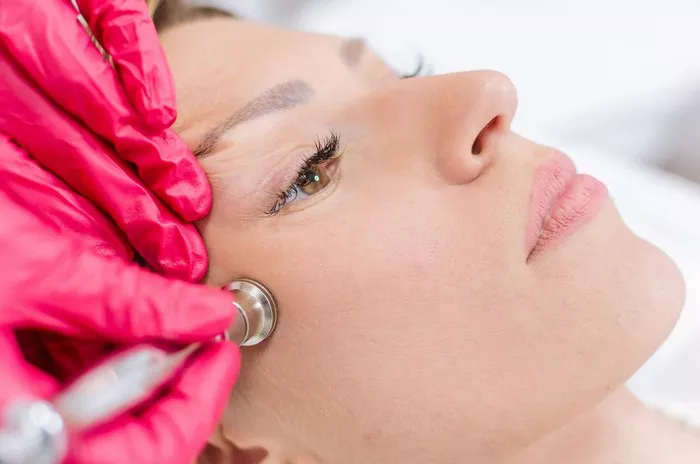Microdermabrasion is a popular and effective skincare technique that helps achieve smoother, more radiant skin by exfoliating the outer layer. While it was once only available at professional dermatology clinics, advancements in technology now allow individuals to perform microdermabrasion at home. If you’re considering incorporating this treatment into your skincare routine, it’s crucial to understand how often to perform it to maximize its benefits without causing harm. In this article, we will delve into the various aspects of at-home microdermabrasion and provide expert advice on establishing the ideal frequency for your unique skin type and concerns.
Understanding Microdermabrasion
Microdermabrasion is a non-invasive procedure that involves using a specialized tool to gently exfoliate the skin’s topmost layer, removing dead cells and promoting collagen production. This process helps diminish the appearance of fine lines, wrinkles, hyperpigmentation, and acne scars, resulting in a more youthful and vibrant complexion. Additionally, it enhances the absorption of skincare products, making them more effective.
Factors Influencing Microdermabrasion Frequency
Determining how often you should do microdermabrasion at home depends on several factors. Consider the following:
2.1. Skin Type
Different skin types react differently to microdermabrasion. Individuals with sensitive skin may require less frequent treatments, while those with oily or thick skin may benefit from more frequent sessions.
2.2. Skin Concerns
The severity of your skin concerns plays a crucial role in setting the right frequency. For minor issues, such as mild texture irregularities or dull skin, fewer treatments may suffice. Conversely, addressing deeper wrinkles or scars may require more regular sessions.
2.3. Microdermabrasion Intensity
At-home microdermabrasion kits usually come with adjustable intensity settings. Higher intensity levels may necessitate longer intervals between treatments to allow the skin to recover fully.
2.4. Combination with Other Treatments
If you’re combining microdermabrasion with other skincare treatments, such as chemical peels or retinol products, the frequency of microdermabrasion may need adjustment to avoid over-exfoliation.
Recommended Frequencies
While the ideal frequency of at-home microdermabrasion varies from person to person, here are some general guidelines based on skin types:
3.1. Normal Skin
Individuals with normal skin can typically perform microdermabrasion once every 2 to 4 weeks. This allows the skin enough time to regenerate between treatments.
3.2. Sensitive Skin
For those with sensitive skin, it’s essential to be gentle and cautious. Opt for a more extended interval, such as once every 4 to 6 weeks, to prevent irritation.
3.3. Oily or Thick Skin
Those with oily or thick skin may benefit from more frequent treatments, approximately once every 1 to 2 weeks, to address their specific concerns effectively.
Creating a Personalized Schedule
To determine the perfect frequency for your skin, follow these steps:
4.1. Patch Test
Before your first full treatment, conduct a patch test on a small area of your skin to check for any adverse reactions or sensitivity.
4.2. Start Conservatively
Begin with a lower frequency and observe how your skin responds. If you experience no adverse effects after the first few treatments, you may gradually increase the frequency.
4.3. Monitor Skin Reactions
Pay close attention to your skin’s reaction after each session. If you notice excessive redness, irritation, or prolonged dryness, it may indicate that you are overdoing the treatment.
4.4. Consult a Dermatologist
If you’re unsure about the frequency or have specific skin concerns, consulting a dermatologist can provide valuable insights and recommendations tailored to your needs.
Conclusion
Microdermabrasion is a valuable tool for achieving smoother and healthier skin. When performed at the right frequency, it can yield significant benefits and enhance your overall skincare routine. By considering your skin type, concerns, and the intensity of the treatments, you can create a personalized microdermabrasion schedule that ensures optimal results without compromising skin health. Remember, moderation and careful observation are the keys to successful at-home microdermabrasion. So go ahead, pamper your skin, and enjoy the glow of a rejuvenated complexion!


